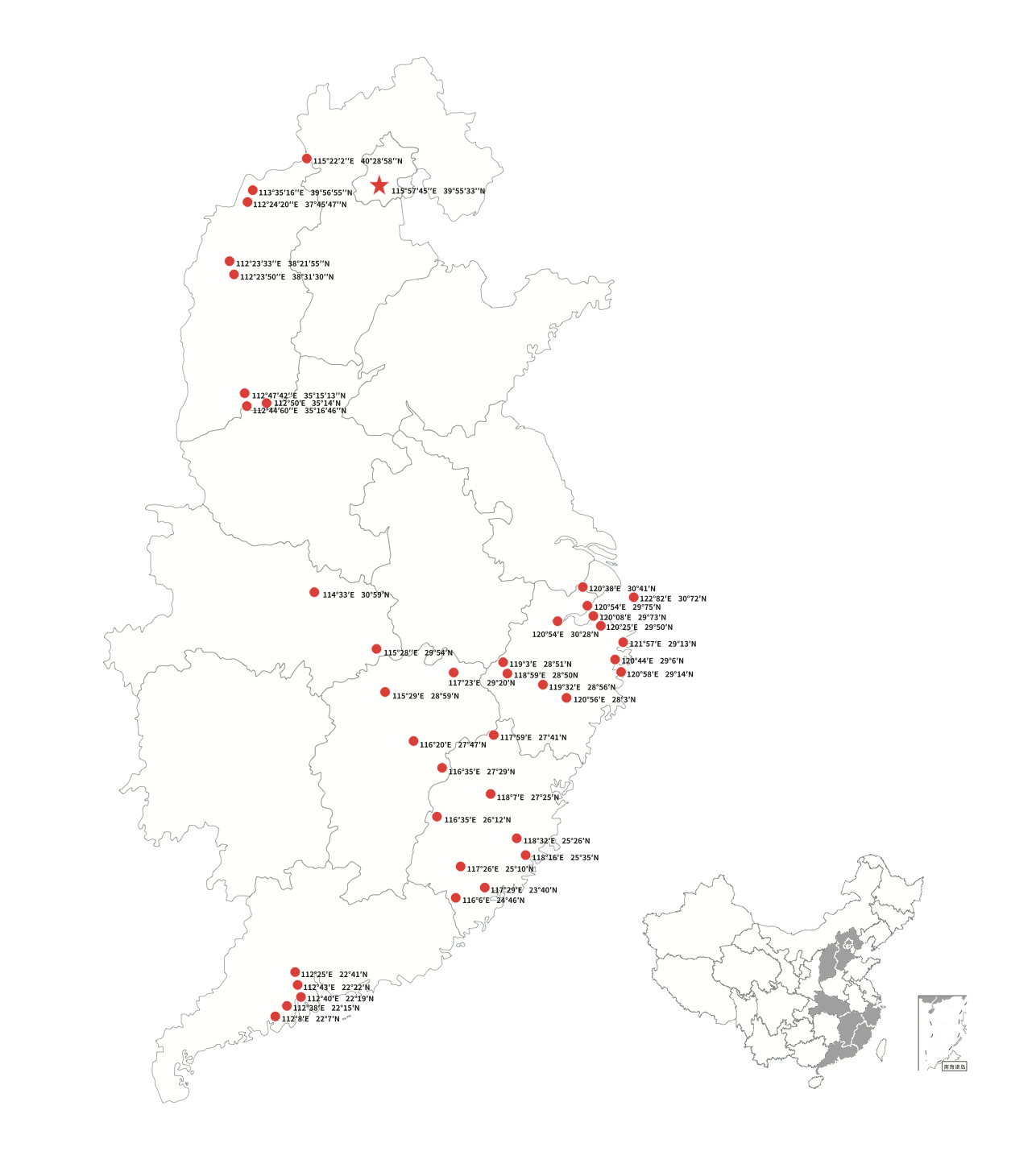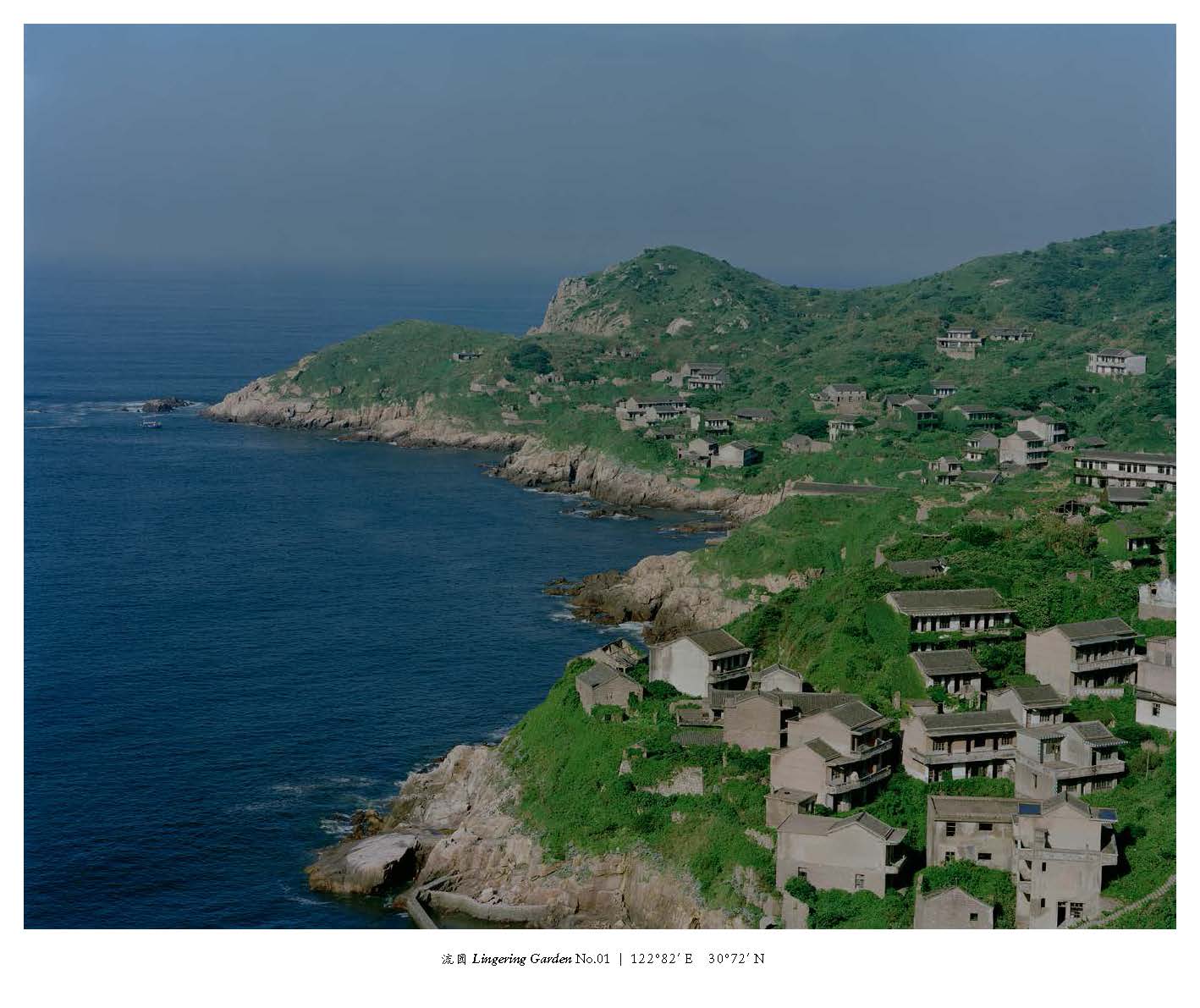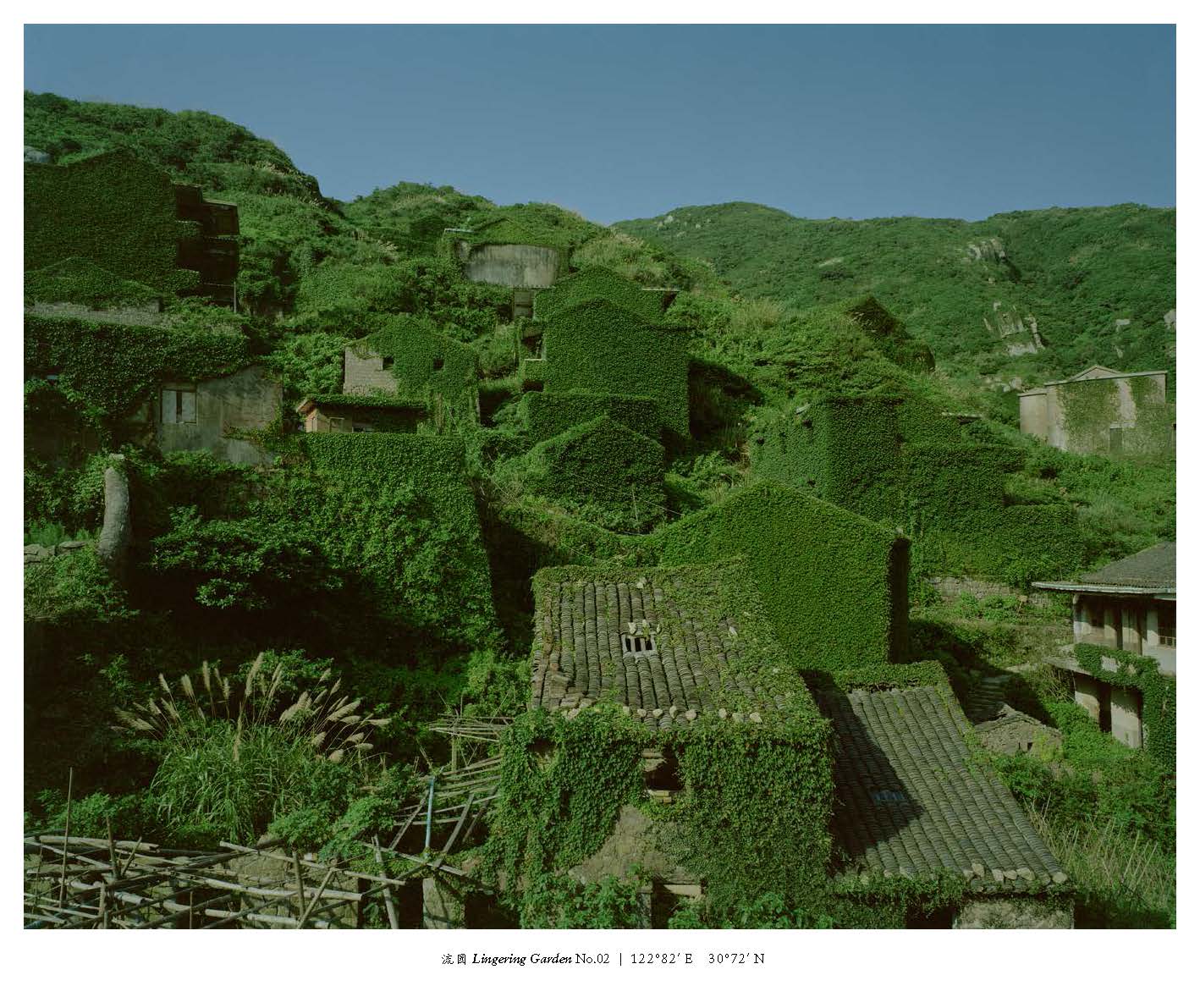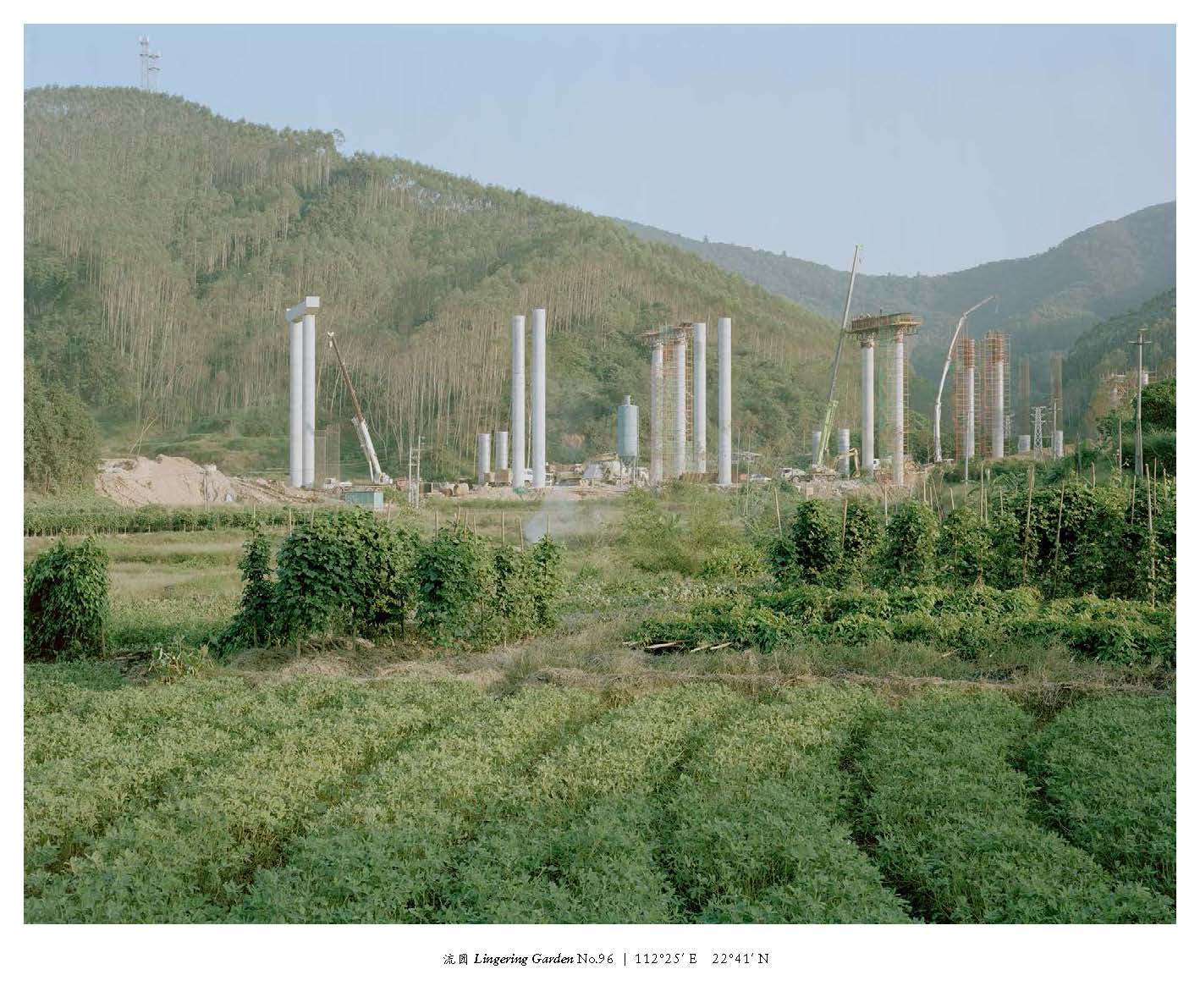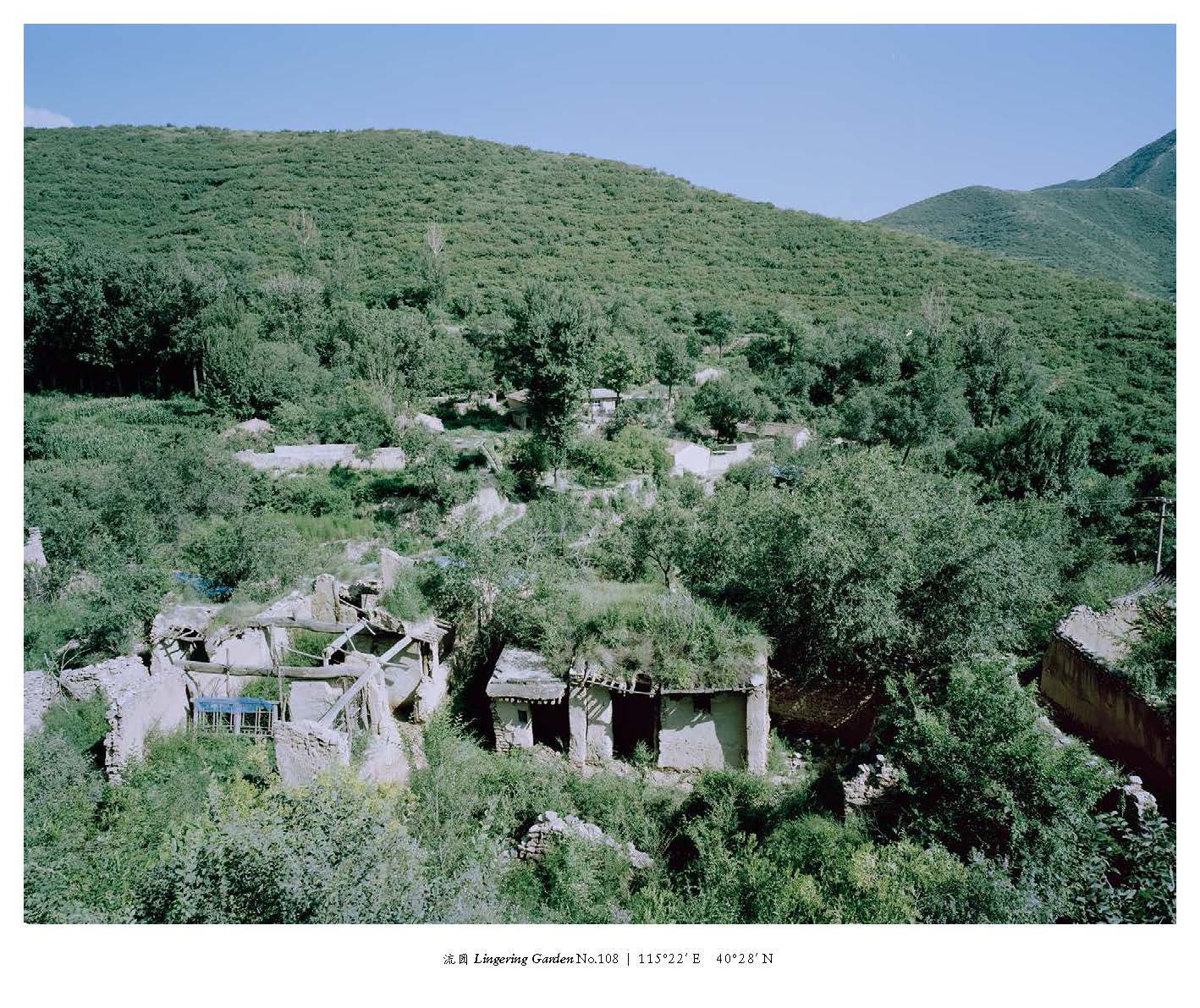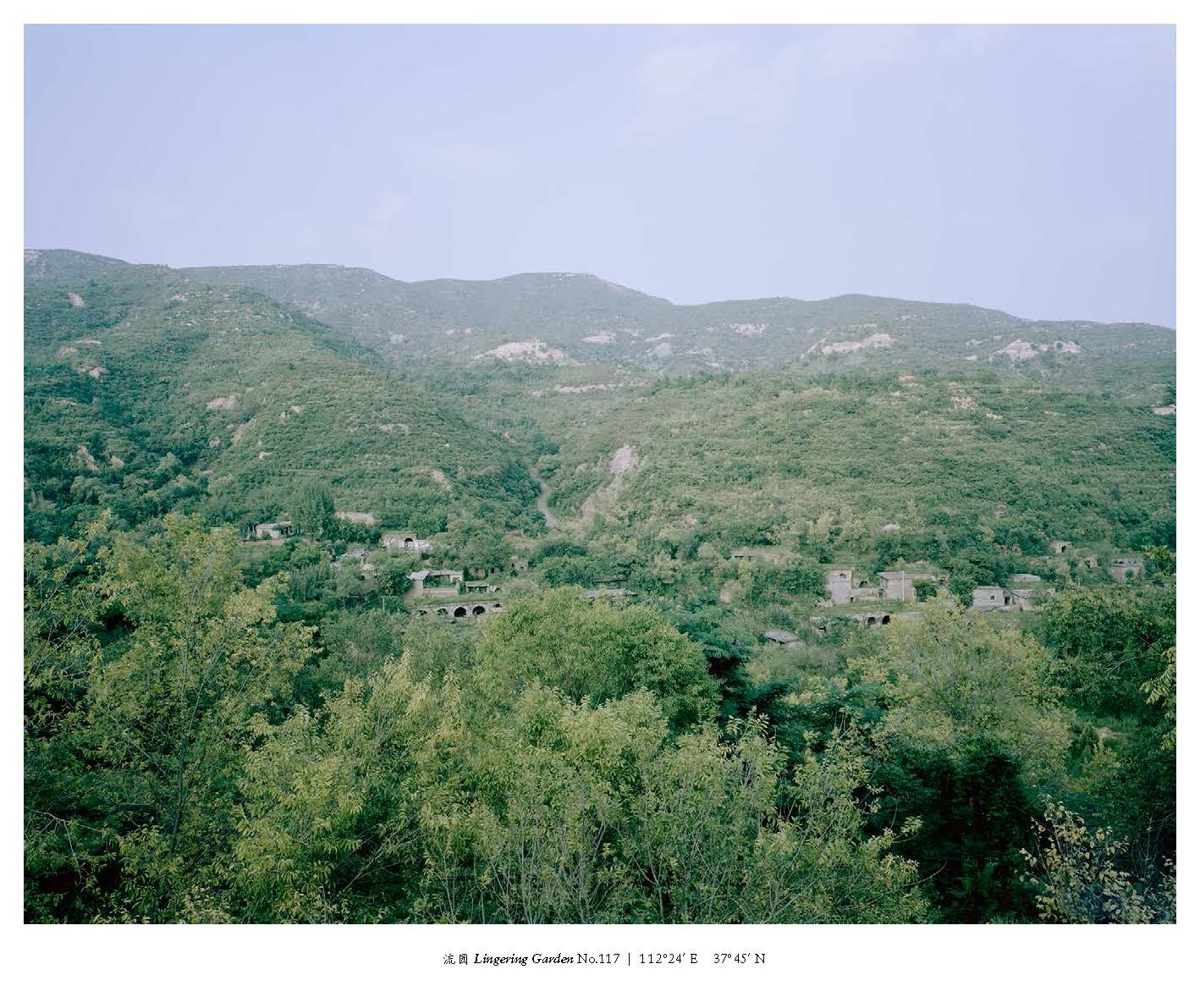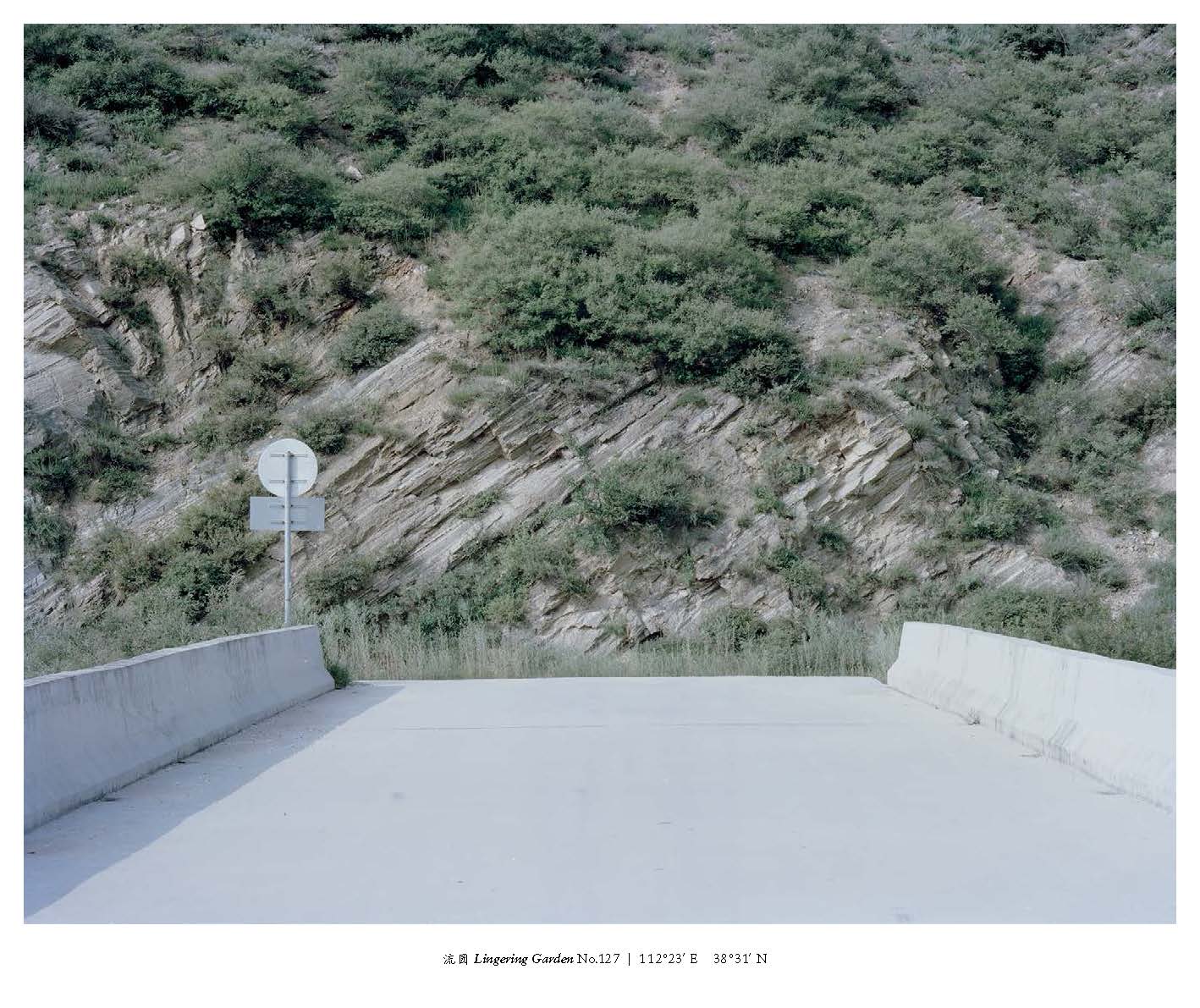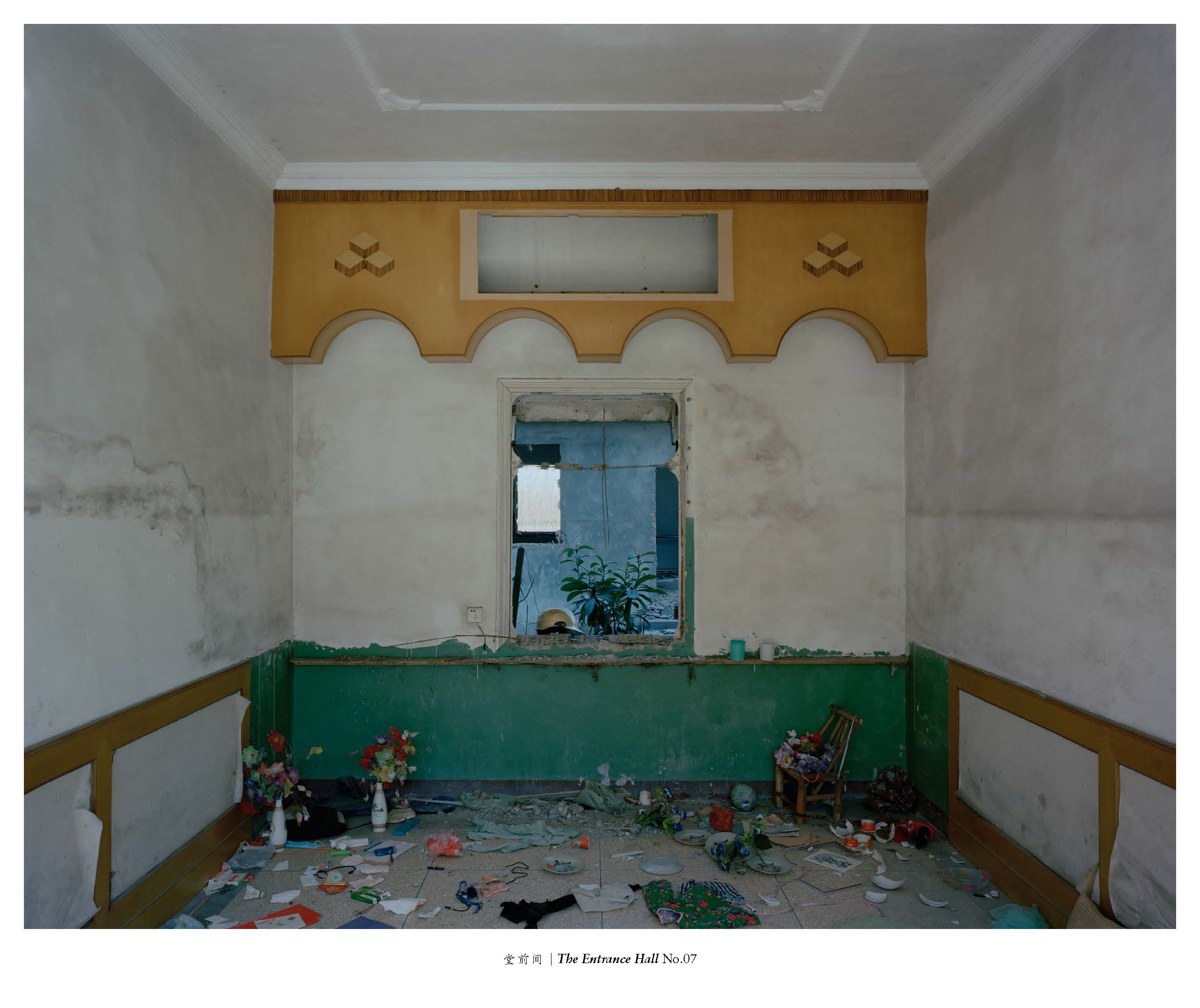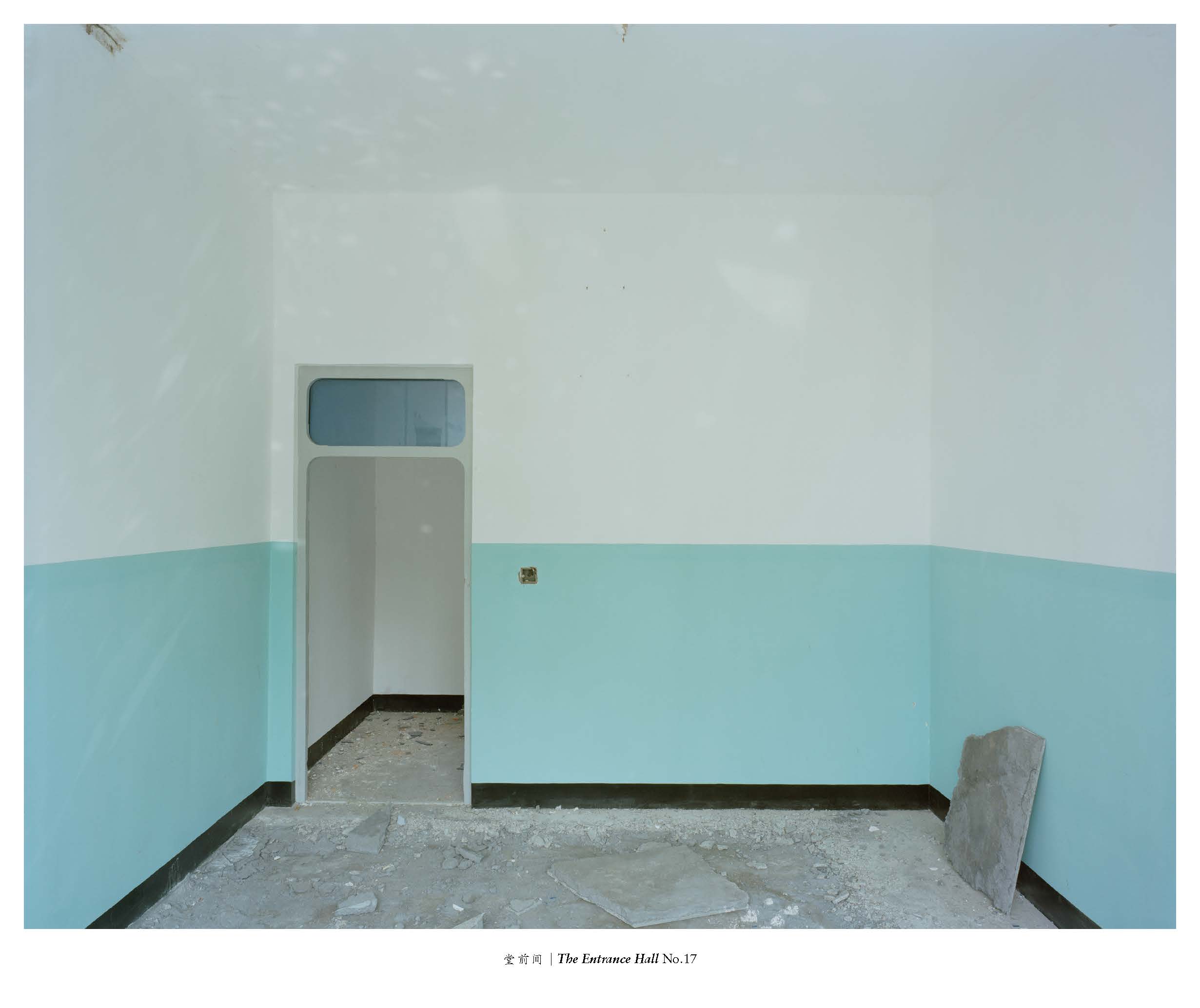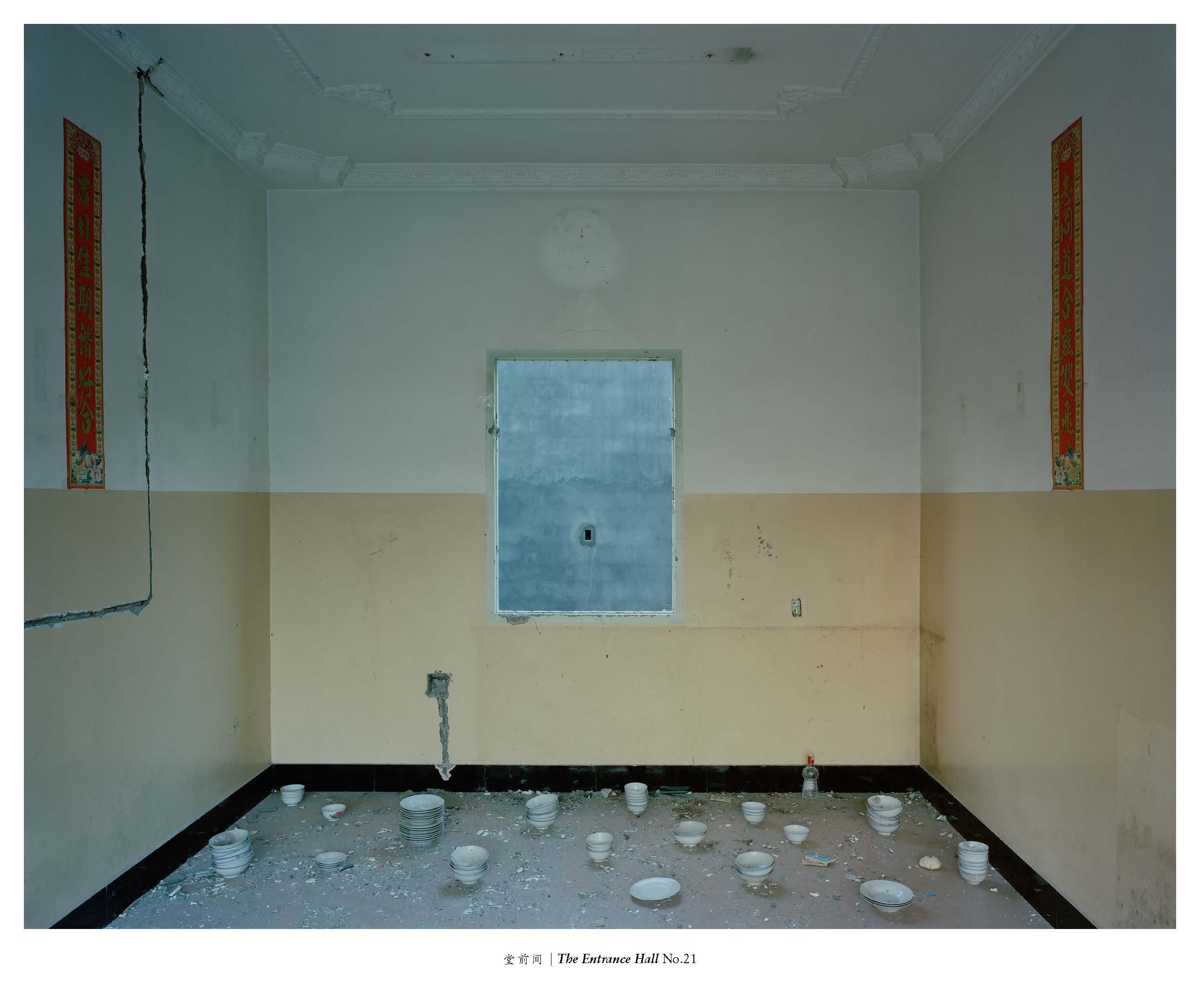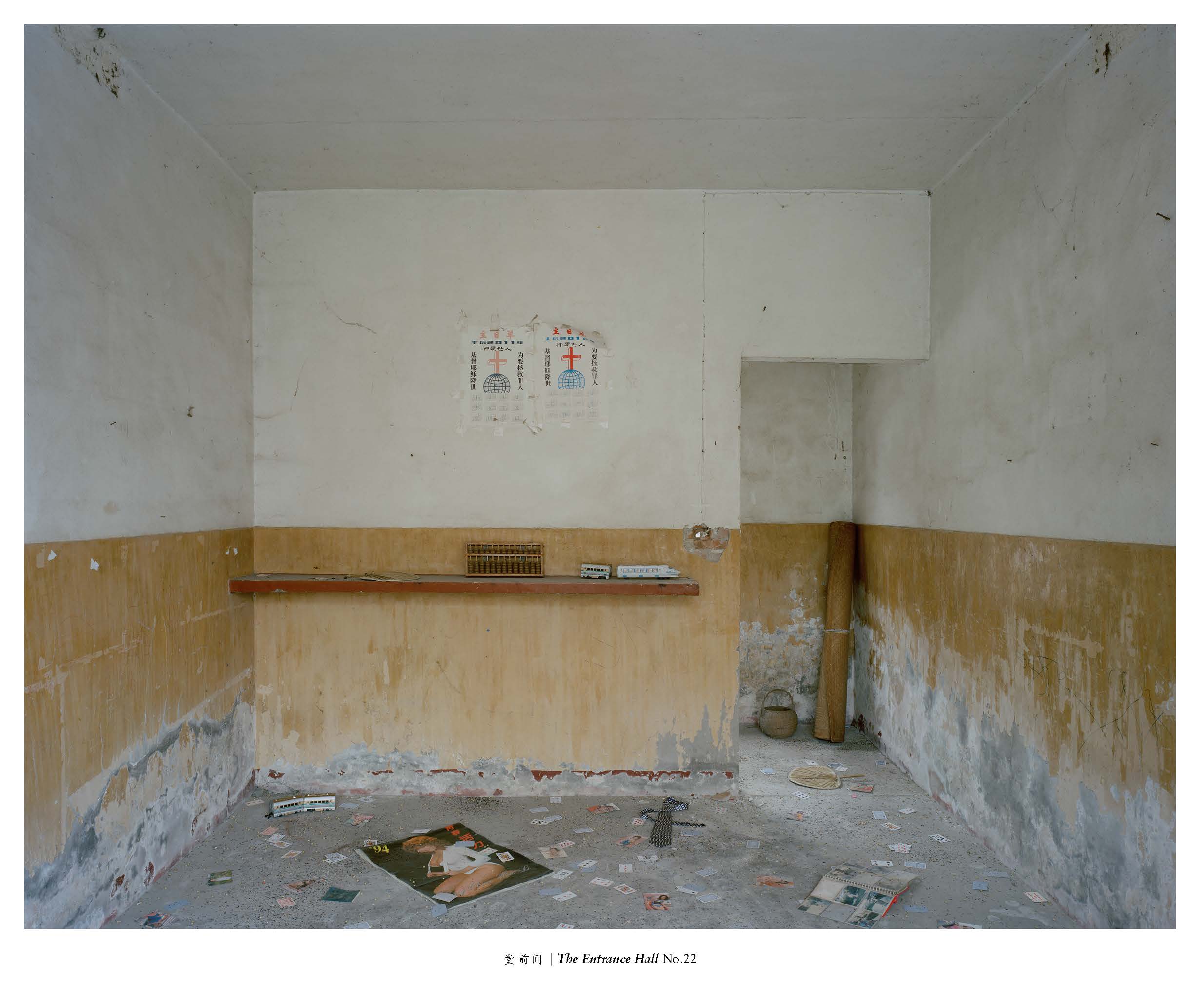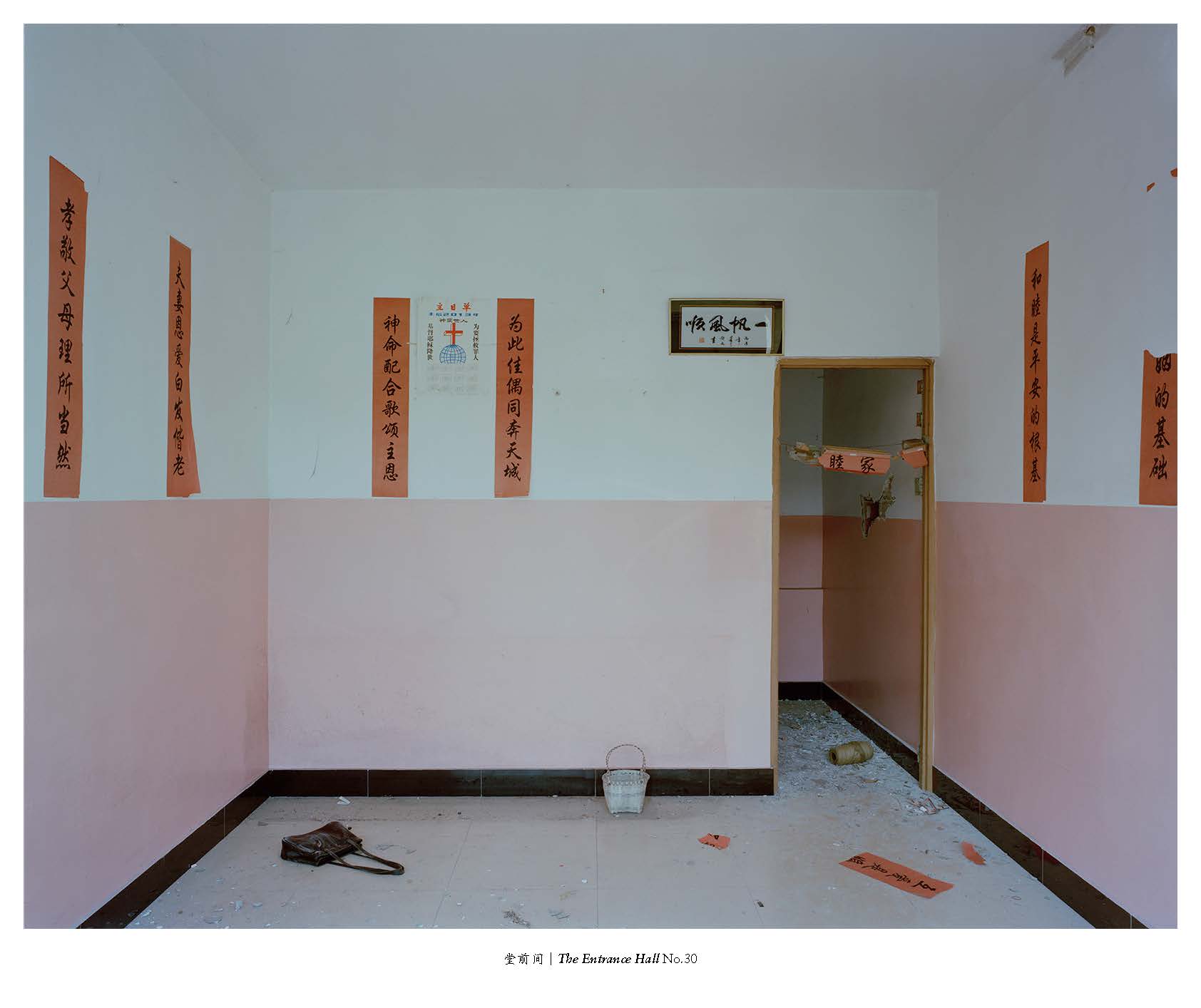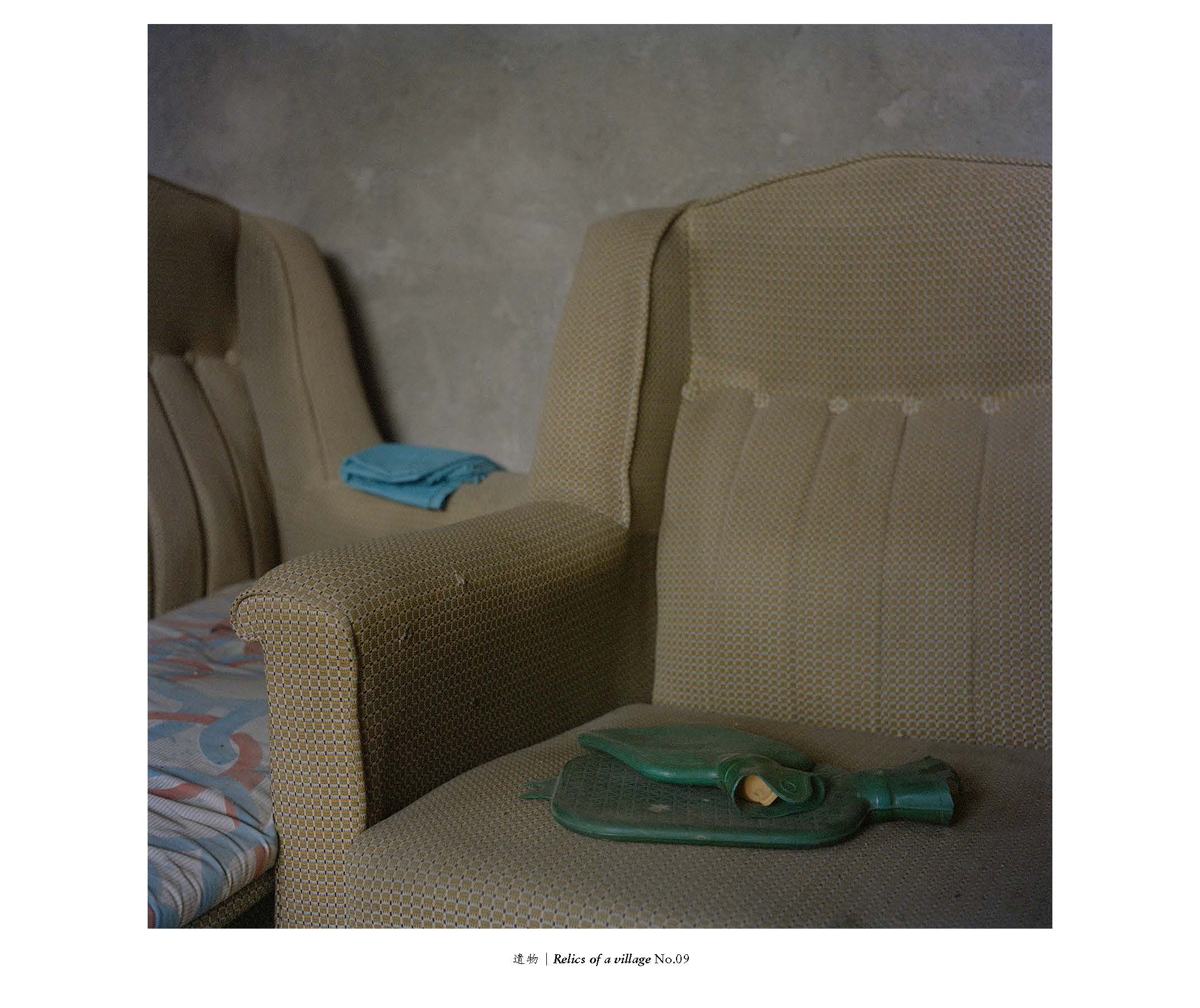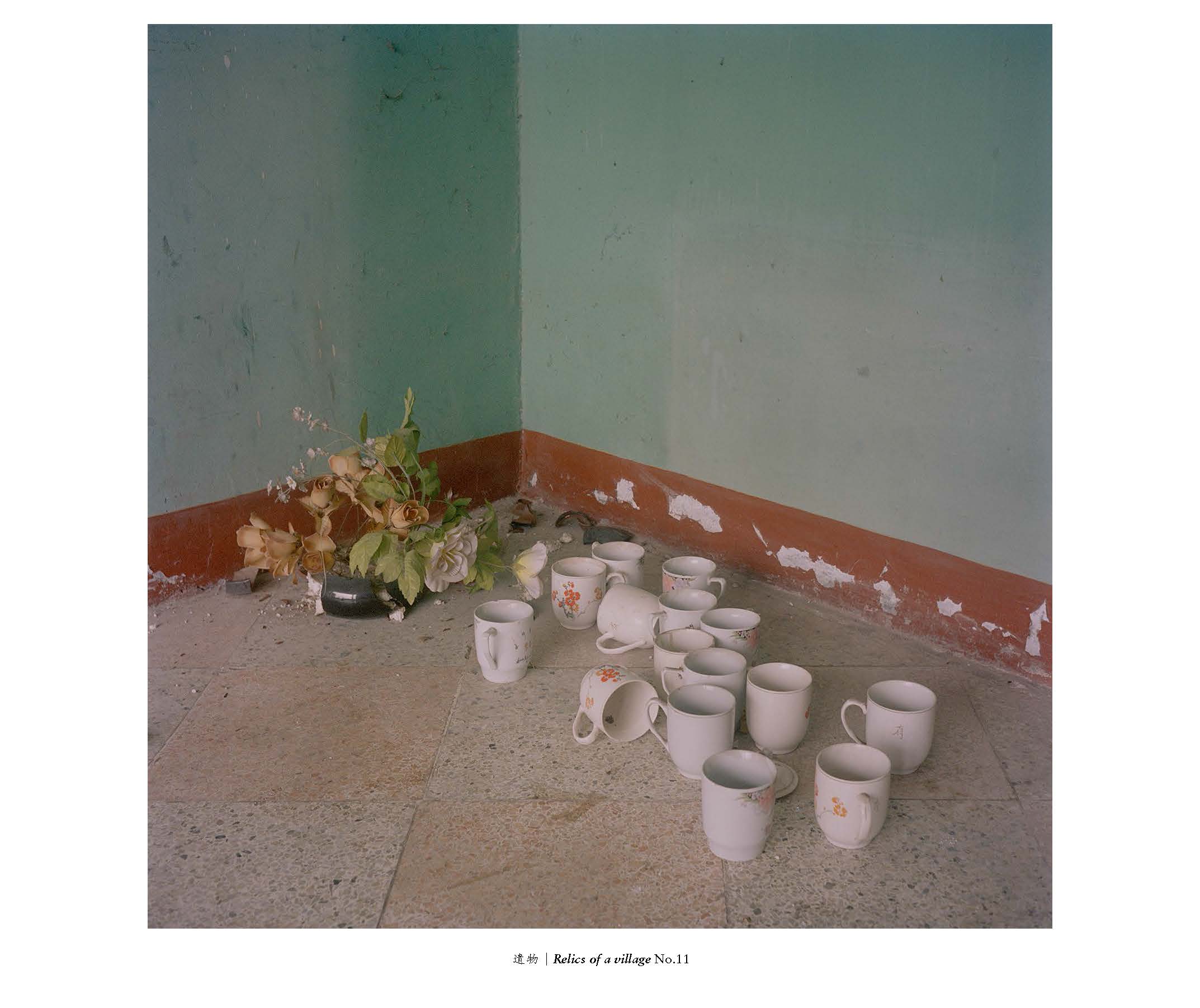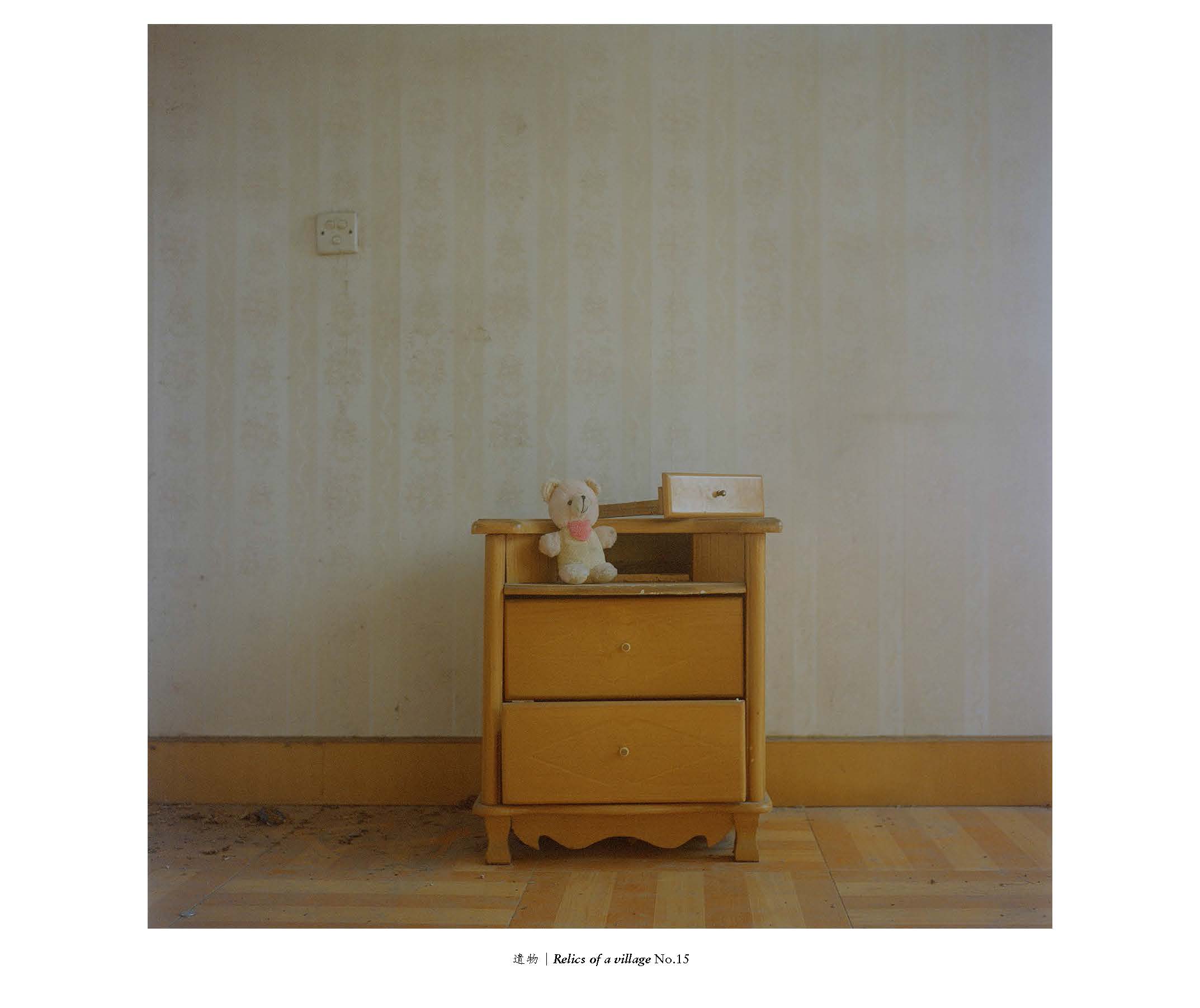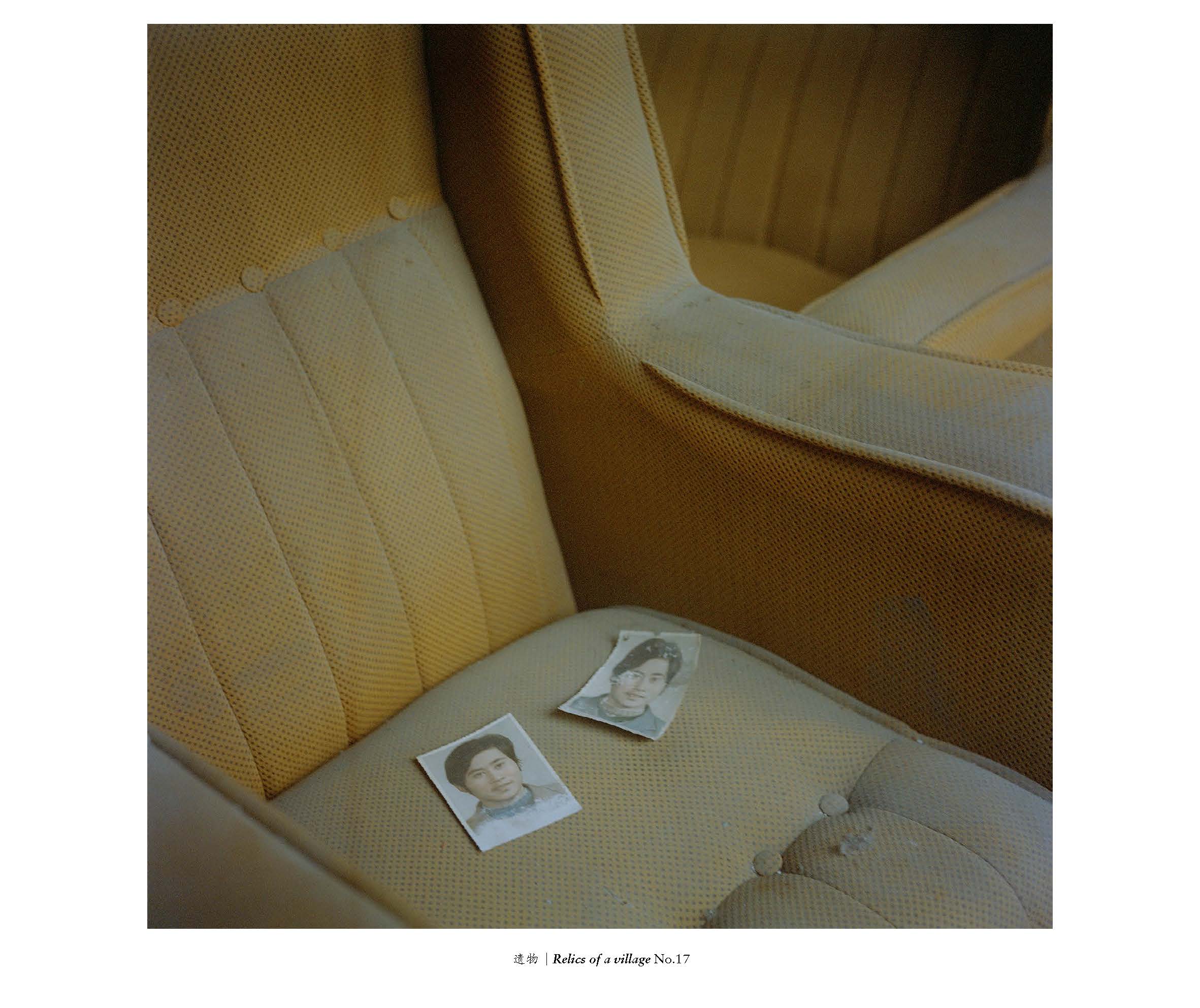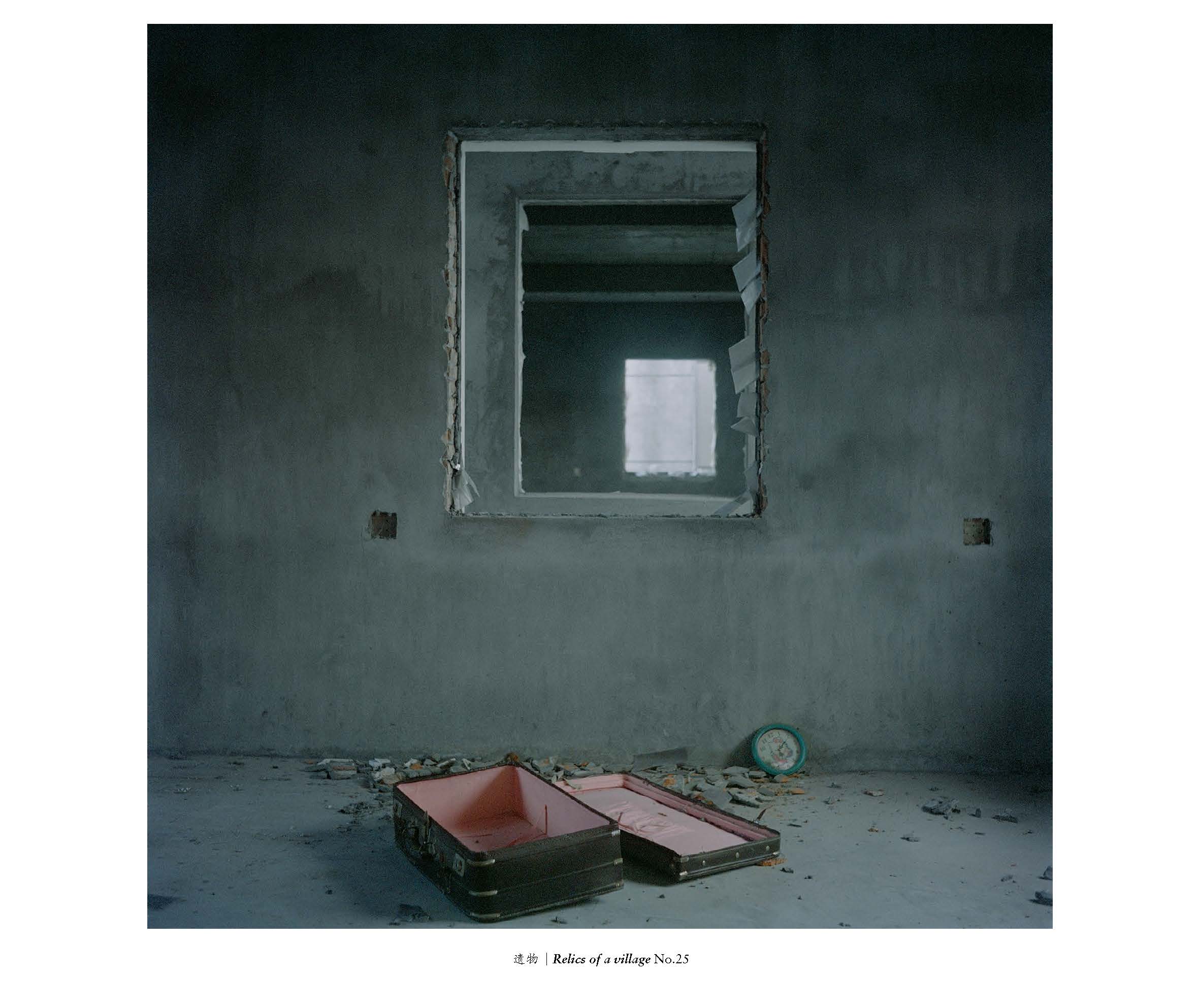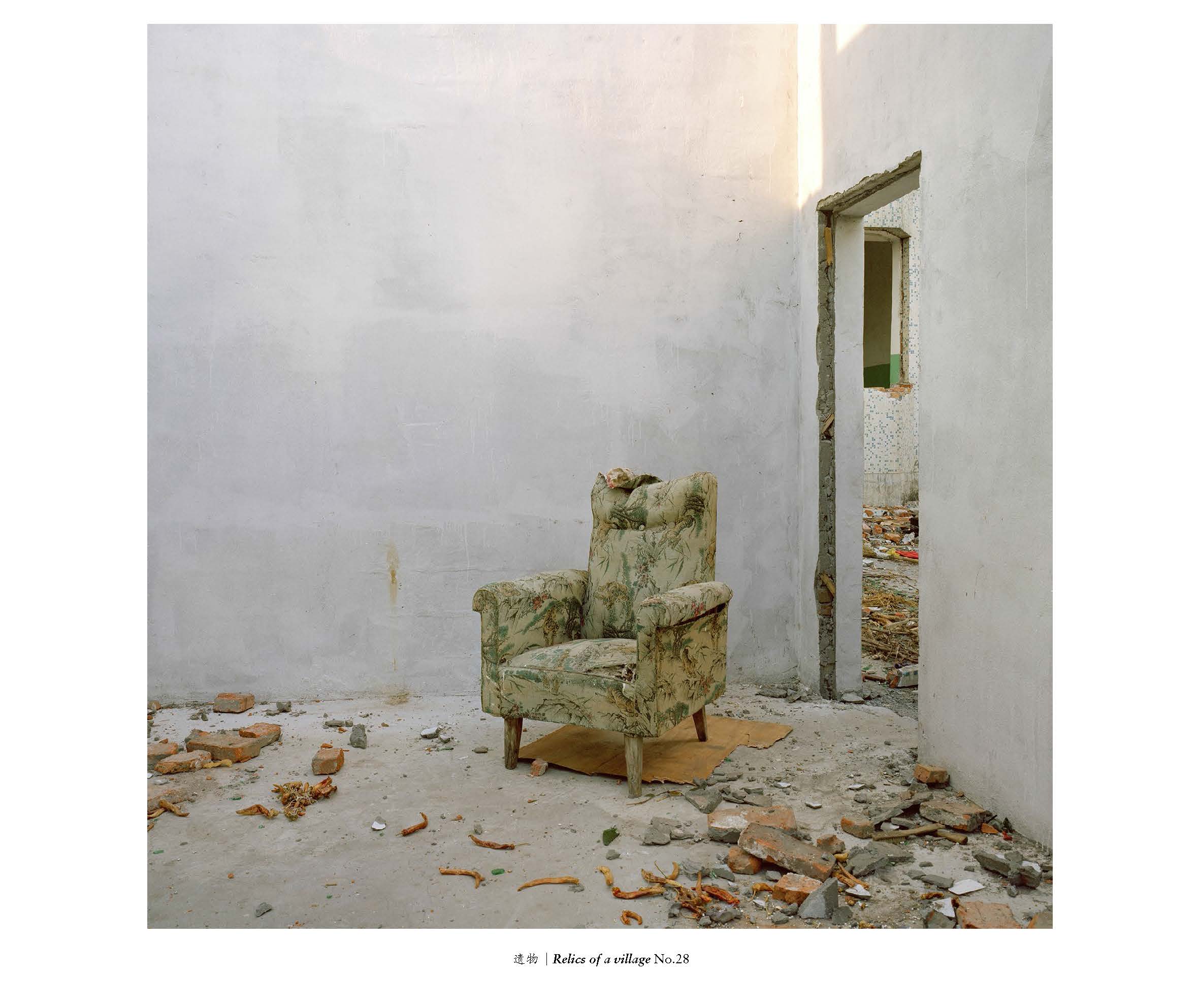Abandoned
C-PLATFORM X Guo Guozhu
Project Description
Abandoned is a photography project to have a deep review on the phenomena toward drastic growth of urbanization in modern China. With such objective view for documentary, this project strives for direct reflection of reality of what witnessed by the photographer in order to come up with solid materials applicable for academic research in future.
The project of “Abandoned” intentionally launches the research into such modernity with a close focus on the vanishing villages on Chinese rural areas that embodies a crucial section along the process of rapid urbanization.
The entire project is divided into three topics for study namely : Lingering Garden、The Entrance Hall and Relics of a village :
– Lingering Garden is working out with a documentary base by carrying out of a large scale field research for sampling the villages under abandonment due to direct adverse impact on urbanization;
– The Entrance Hall uses the type of the images on the specific space of entrance hall that have been a significant part of rural family life in order to direct the perspective toward the personal mental impact after collapse of traditional village of acquaintance society;
– Relics of a village attempts to look into the most intimate parts of memory and experience in past of the villagers by taking of portrait description on their original living space and abandoned objects before they moved out there.
During the course of taking records of the urbanization process, it is highly expecting that this project is capable to bringing out an attenton to public on such inevitable and controversial conflict between changes on all kinds of micro-power in the acquaintance community, even the basic principles of human relationships and important value orientation being followed by traditional Chinese rural society, as well as sustainable driving forces of modernization on different cities along the time.
Part 1 Lingering Garden
“The Lingering Garden” captures the villages abandoned by farmers in the process of urbanization, which will be digested by nature and again returned to the earth over time. During rapid urbanization, villages and towns alter and replace each other.
Over the decades, China has gone from a cultivation culture towards modernization, resulting in millions of farmers flooding into cities to become the necessary working force. Such migration requires both the rural and the urban to change in response to the huge social transformation. To the migrant workers, they have to accept a break up of community and local connections, and must adapt themselves to the new mode of production and new identities. “The Lingering Garden” takes an opposite perspective of the modern city. Through documenting the landscape of abandoned villages, it attempts to discuss the rural as the margin, in order to offer a view that is totally different from urban experience and consumerism and to reflect the seen and hidden power struggles be-tween the traditional and the modern.
Part 2 The Entrance Hall
The entrance hall is an important place for the hanging of pictures, receiving friends and guests, and hosting extended family celebrations at the end of each year. As a significant part of rural family life, the entrance hall is a vital stage for maintaining the hierarchy of seniority in family life, and maintaining contact with outside acquaintances.
In January 2015, at a small village in Hangzhou, Zhejiang province, a group of villagers bid farewell to their original living space and moved into residential buildings. In February 2015, bulldozers entered the village and demolished the collection of homes where they had developed their memories up until that point. This set of images was taken during the relocation of the village. The lens allowed me to incorporate a strong family-centred element to my examination of the village. The combination of the traces left by different families allowed us to reshape our imagination of the past life.
Statistics indicatate that between 2005 and 2009, village committees in China were being reduced at a rate of over 7000 each year. China, the once thriving agriculturally-dependent civilization, is today experiencing rapid urbanization resulting in an average of 20 villages disappearing every day.
Part 3 Relics of a village
These abandoned objects are the left-behind remnants of demolition work carried out on several family ancestral homes.
Such objects are often a reflection of the most intimate parts of people’s private lives and not only allow us to piece together aspects of what constituted the daily life of these villagers, but also enable us to glimpse at parts of their inner world, their customary habits and rituals, and their religious beliefs.
“Relics” is an externalised landscape of the daily lives of these people, and may be viewed as a reminder of this lifestyle they once lived. The relationship between these people and the land was halted due to the involvement of external forces.
Related Information
Guo Guozhu
Guo Guozhu, born in 1982, Yongchun, Fujian, graduated from the Department of Mechanics of Nanchang Hangkong University. He now lives and works in Xiamen.
Since 2002, he started to use his work talking about “space” and social relationships. During his process, space is Guo’s most important medium and object.When he tries to describe or use a space, questioning about it, al-ways begins from an individual spirit and ends up with the social phenomenon.
His work was exhibited in many places and musuems, such as: Pingyao International Photography Festival 2009, Pingyao, China; China-Holland Contemporary Arts Exhibition 2010, Xiamen, China; The Second & The Third Beijing Photo Biennial 2015, CAFA Museum, Beijing, China; Jimei × Arles International Photo Festival 2015, Xiamen, China; Photography New Academy Exhibition of China Academy of Art 2015, CAA Art Museums, Hangzhou, China, and so on. He was selected as one of the TOP20 China Cutting-edge Contemporary Photog-rapher, 2015. He was listed in The Three Shadows Photo Award & New Talent Award . He was nominated in 7th Prix Pictet photography prize & 2016 Shpilman International Prize for Excellence in Photography.
Article Credit © Guo Guozhu
This article is for exchanging and sharing only. The copyright of image, audio and video belongs to the original author.
Date
2019年9月27日
Category
Future Institute

